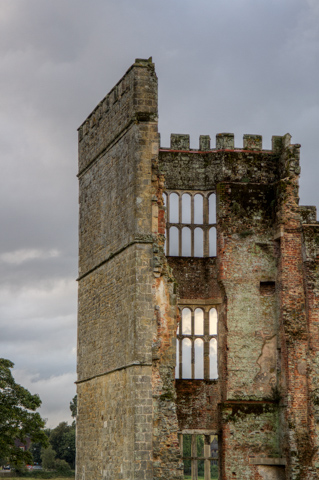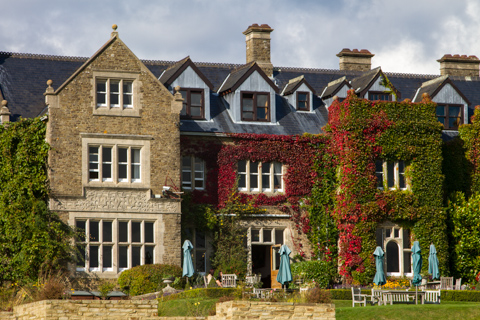
The Camellia Restaurant was in existence when Frederick Du Cane Godman built South Lodge in 1883; the story goes that the Camellia plant was growing against the south wall of the previous Tudor building and when this was demolished to make way for South Lodge, a small section of the wall immediately behind the Camellia was left intact to preserve its roots, which makes the Camellia wall over 250 years old.

This little guy was posing as I drove out - from inside the car due to the rain.

The castle is stunning as you turn the path from the entrance gate.

The original castle was founded in 1607 by the Earl of Arundel one of William the Conqueror's most loyal barons.
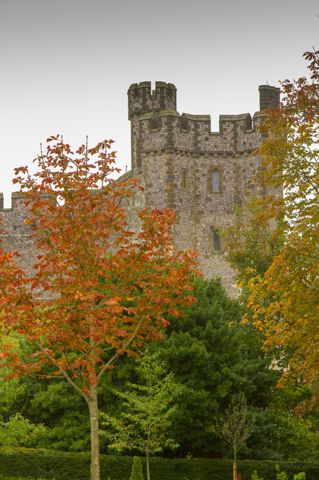

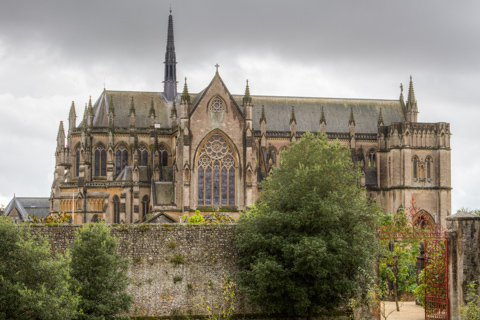
The Cathedral was founded by Henry 15th Duke of Norfolk. The building was completed on 1 July 1873.
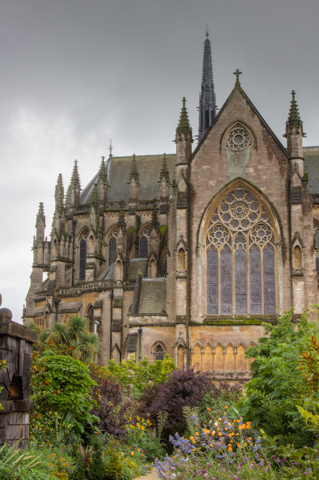
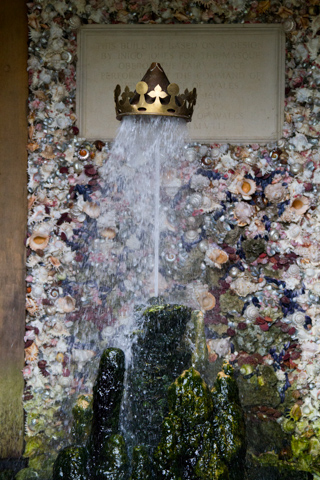
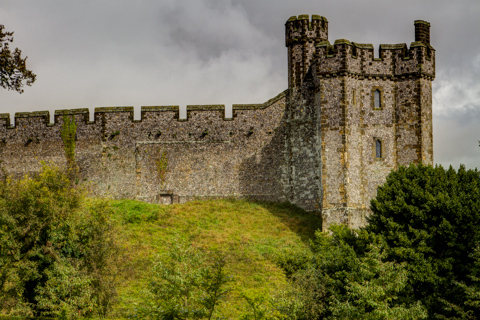
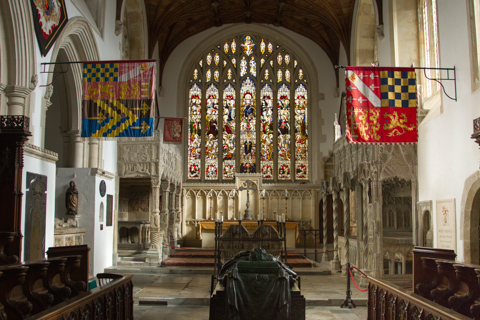
The original Fitzalan Chapel consisted of the entire building and was built in 1380 by the commission of Richard FitzAlan, 11th Earl of Arundel
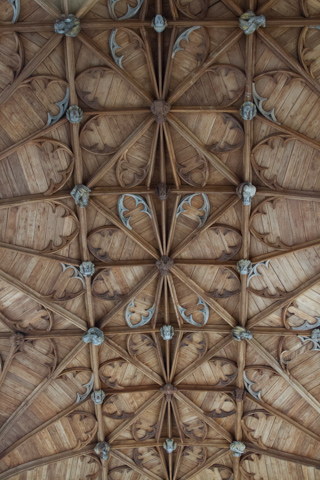
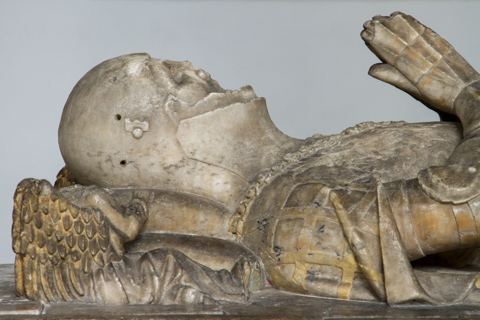
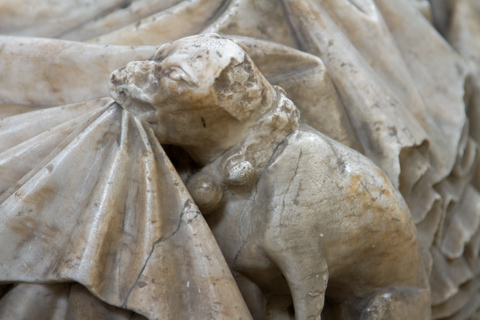
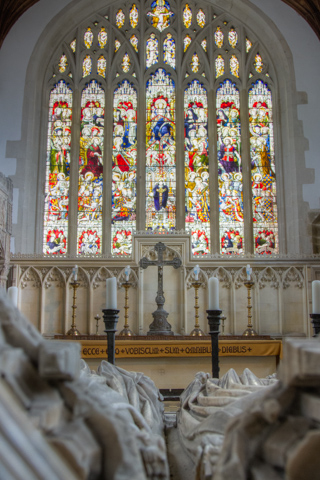
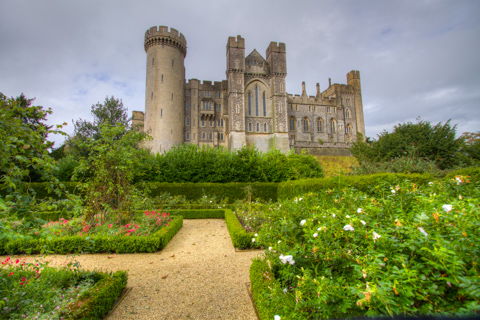
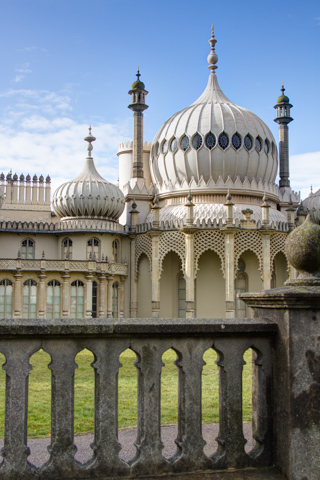
No pictures from inside - but the outside is remarkable.
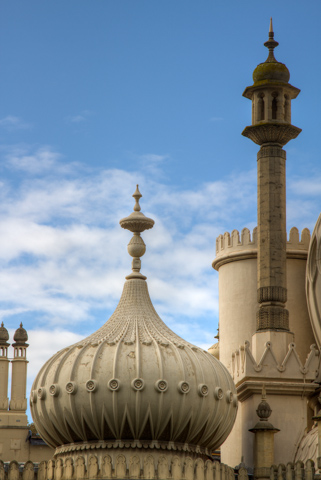
The king chose architect John Nash who proposed a far eastern style. Nash was also inspired by landscape gardener Humphrey Repton (who had published designs for a new palace based on Indian architectural forms) and based many of his ideas on a publication called Oriental Scenery.
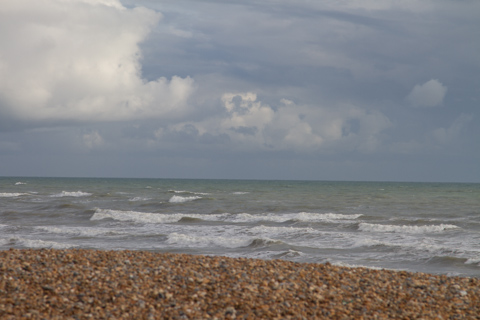
Then a drive to an old ruined house in Cowdray.
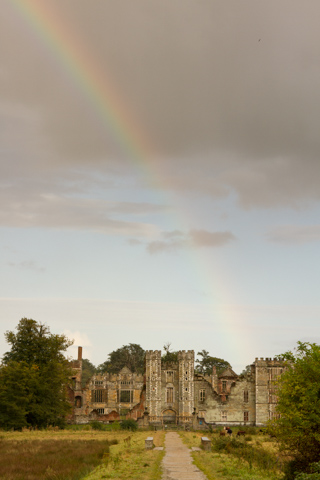
The ruins are of a grand Tudor house that was visited by King Henry VIII and Queen Elizabeth I. It was destroyed by fire in 1793.
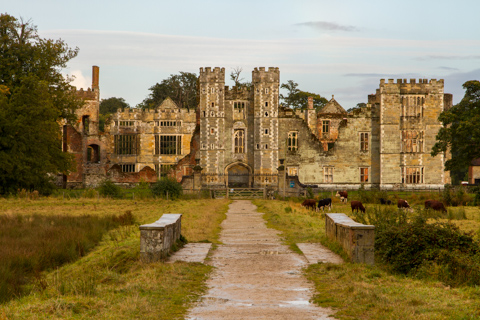
Sir John Bohun built the original fortified manor house in 1284 across the river from the town of Midhurst. He named it Coudreye, the Norman word for the nearby hazel woods.


